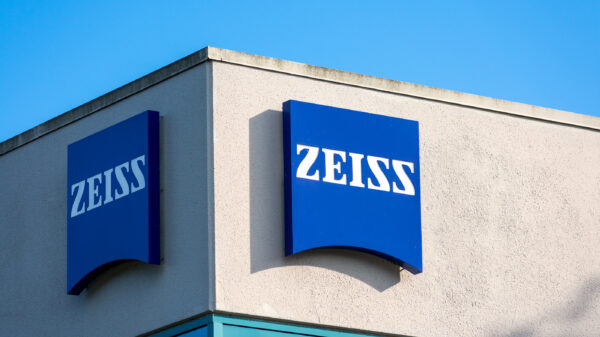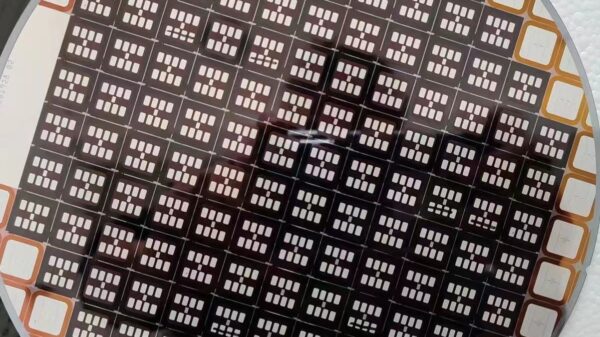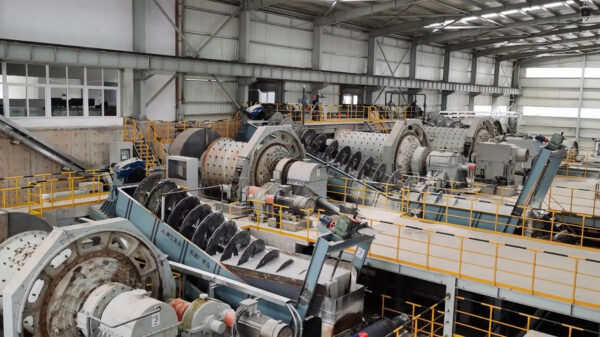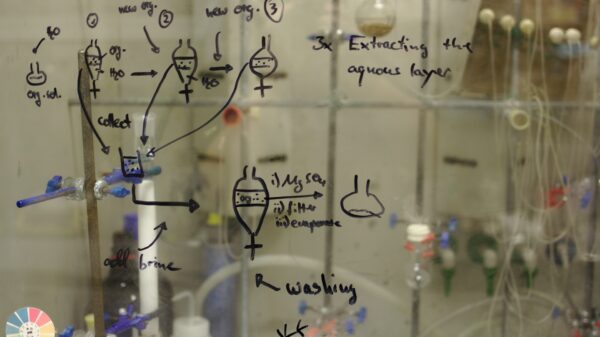Tokyo Electron (TEL), the fourth largest global semiconductor equipment manufacturer based in Japan, has been the centre of industry buzz with its recently developed hybrid oxide etch equipment. This new device is garnering exceptional interest from the device industry, particularly Samsung Electronics, due to its notably high-speed etching capability and the elevated level of precision achieved with the end results.
Industry sources on 18th May confirmed that TEL plans to install a demonstration version of the hybrid oxide etching device at a location earmarked by the Samsung Electronics Semiconductor Research Center. The novel aspect of TEL's oxide etching. . .






















